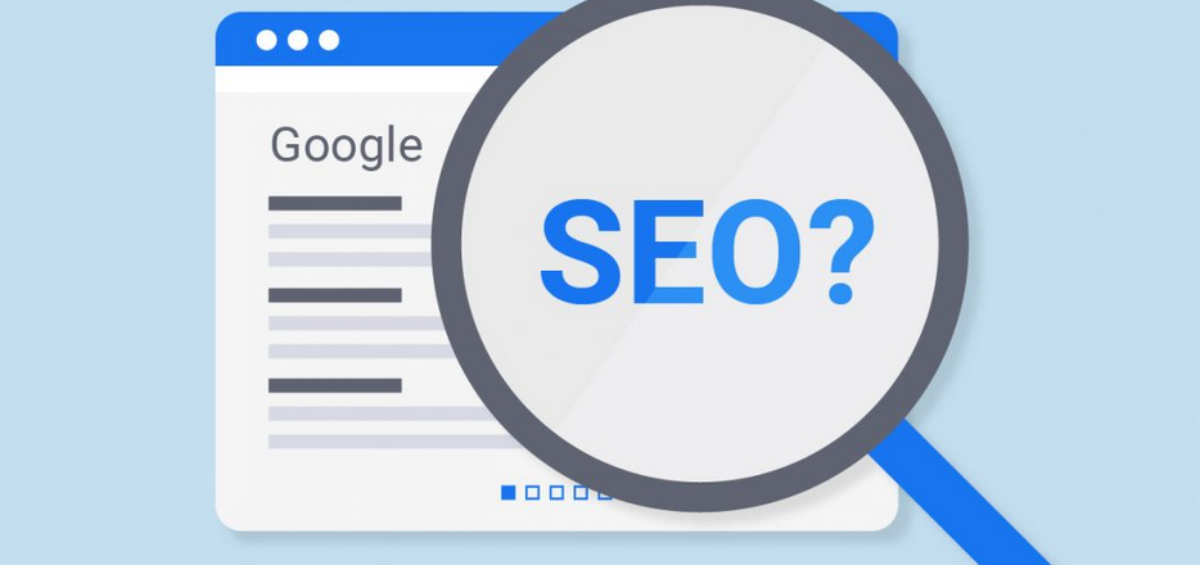In order to maximize your SEO, you need to ensure that not only is the content of your site engaging and sprinkled with keywords, but also totally original. To accomplish this, here are 5 duplicate content issues that you should always be mindful of.

1. To WWW or to not WWW?
There has been a long and ongoing argument amongst SEOs about whether or not it is better to choose to include WWW in your domain name. Some say that choosing to include the full address (e.g. http://www.yourwebsite.com) is superior for SEO purposes when compared to not including it (e.g. http://yourwebsite.com). The good news is that you can stop worrying. Experts say that either way doesn’t matter at all, just as long as you don’t allow both to exist on your site.
Too many webmasters fail to realize that online users can access their site by typing the domain name with or without the www. Google technically views this as two different versions of your site. So pick which URL version fits your site best (WWW or non-WWW URLs) and create a 301 redirect for the other.
To create a 301 redirect, use the following steps:
Redirecting a WWW to a non-WWW:
- Download the .htaccess file
- Open the file in a text editor (e.g. Notepad)
- Use the following code below:
RewriteEngine on
Options +FollowSymlinks
RewriteCond %{HTTP_HOST} ^www\.domain\.com$ [NC]
RewriteRule ^(.*)$ http://domain.com/$1 [R=301,L]
Redirecting a non-WWW to a WWW:
- Download the .htaccess file
- Open the file in a text editor (e.g. Notepad)
- Use the following code below:
RewriteEngine on
Options +FollowSymlinks
RewriteCond %{HTTP_HOST} ^domain\.com$ [NC]
RewriteRule ^(.*)$ http://www.domain.com/$1 [R=301,L]
2. Use rel=canonical or noindex, nofollow tags.
Using a rel=canonical to deal with duplicate content can be a slightly difficult concept to understand at first, but it should make sense once you understand what a canonical page is. A canonical page, according to Google, “is the preferred version of a set of pages with highly similar content.”
By using a rel=canonical, you are telling Google and the other search engines which page of the duplicate/similar content that you want indexed. If you choose not to use a rel=canonical, you’re allowing the search engines to make the decision themselves using their algorithms, which can often lead to the incorrect page being indexed. Consequently, online users may land on an outdated or no longer relevant web page. To create a rel=canonical, insert the following code in the head of the duplicate page:
<link href="http://www.yourwebsite.com/canonical-version-of-page/" rel="canonical" />
You can use “noindex, nofollows” tags as an alternative method of ensuring that your canonical web pages are indexed instead of duplicate pages. These two tags used in conjunction tell the search engines not to index the page, nor crawl it. Insert the following code into the head of the duplicate page:
<META NAME="ROBOTS" content="NOINDEX,NOFOLLOW">
3. Don’t cannibalize your keywords.
Many individuals, in their zeal for perfect SEO, title all of their pages and highlight the exact same keywords throughout the site. While there is some repetition involved in SEO, if you, for instance, repeat the word “red umbrellas” throughout your site with no variation, you’ll confuse Google, since it won’t know which page of keywords is the most important. It’s a good idea to have slight changes (e.g. the first place has “red umbrellas,” another “red umbrellas for children,” and a third “red umbrellas by XYZ company”) in your keywords so that Google can figure out which one is the most important. (Hint: the most important keyword should feature on the first page.)
4. Fix your Robot.txt files (the anti-duplicate content issue).
In an effort to prevent duplicate content issues from occurring, webmasters edit their site’s Robot.txt file so duplicate pages won’t be indexed. This is normally an advisable method, but way too often webmasters erroneously edit their Robot.txt file and unintentionally de-index pages they want users to see in search results. Be mindful of this if you’re ever having issues with indexing. Make sure that your Robot.txt files aren’t excluding pages or folders by mistake. Often, web designers will exclude files during the building of a site or during testing, and then simply forget to remove the restriction in the Robot.txt files.
5. Don’t plagiarize.
Sounds simple, but it’s a very important thing to remember. If you really feel as though you cannot write your own content well, you can always outsource to writing companies. Be sure to check their work through a website like http://copyrightspot.com/ so that you can be sure that all of the content that you are purchasing is 100% original!
If you can keep these tips in mind, you’ll find that creating original content that grabs the attention of both the search engines and the reader is easy!
Brian Flores is a blogger for InMotion Hosting, a top provider of dedicated servers in North America. He regularly collaborates with a team of awesome writers to post useful tutorials on WebHostingHelpGuy. You can follow him on Twitter @BrianAFlores.












The 3rd tip “Don’t cannibalize your keywords” is something new for me, I never thought that we should link the same pages with different keywords to let search engines know which page is more important.
Thanks for the nice article.
Regarding the 3rd tip on keywords, several sources (including Yoast, quoting Google) indicate that the keywords meta tag has no bearing on SEO or pagerank. In fact, many search engines don’t even look at the keywords meta tag because it’s abused so often.
http://www.mattcutts.com/blog/keywords-meta-tag-in-web-search/
Also, on the no plagiarism bit, many bloggers simply credit the original author and website from which they copied. That, by definition, is not plagiarism and, so long as a direct link isn’t banished with a rel=”nofollow”, the page rank should only help the post’s original website.
Hi David, I agree with what you have to say about meta keywords, but what I’m talking about is using the same keyword or keyword phrase across all multiple or all your title tags. This is what is referred to keyword cannibalization and it can negatively hurt your seo rankings because you’re essentially making the search engines choose what is the right content for a particular search query. Often times, they might select the wrong web page. Here’s more info on it: http://www.seomoz.org/blog/how-to-solve-keyword-cannibalization
I also agree about your second point, but what I’m talking about is writing content that is too similar to another person’s content. If you don’t cite the author, you risk your web page being flagged. Also, don’t let others plagiarize your content. Simple and ethical SEO.